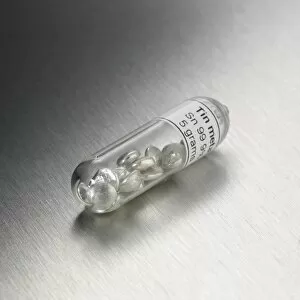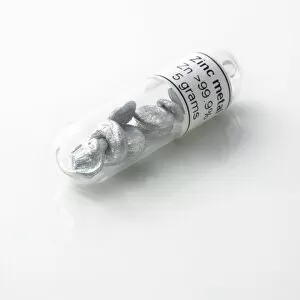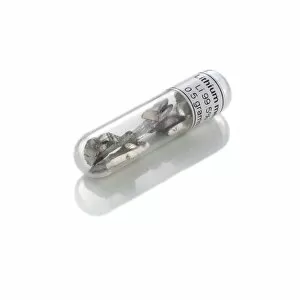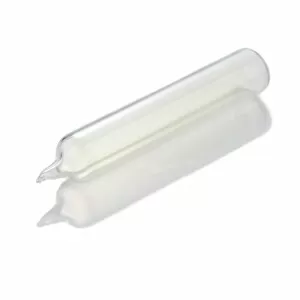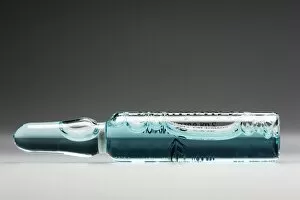Vial Collection (#4)
"Unveiling the Power of Vials: From Life-saving Medications to Ancient Artifacts" Ventolin asthma drug C018 / 1165: A vial filled with hope
For sale as Licensed Images
Choose your image, Select your licence and Download the media
"Unveiling the Power of Vials: From Life-saving Medications to Ancient Artifacts" Ventolin asthma drug C018 / 1165: A vial filled with hope, providing relief for those battling asthma. Diamorphine hydrochloride C018 / 1170: The tiny vial that holds a potent painkiller, offering solace in times of distress. Testing for viruses: Within these small glass vessels lie the secrets to detecting and combating deadly viral threats. Emergency eye wash pods: Compact vials holding precious drops of clarity, ready to rescue eyes in moments of crisis. Millennium predictions: Like mystical potions sealed within vials, prophecies foretold the future as one millennium gave way to another. The Death of Romeo and Juliet, c. 1848 (oil on millboard): In this captivating artwork, tragedy is encapsulated within a single vial - love's ultimate sacrifice immortalized on canvas. 2nd cup poured out. Apocalypse of Angers: Symbolic vials reveal doom and destruction as depicted in the chilling tapestry known as the Apocalypse of Angers. Africa, Ethiopia, Southern Omo, Karo Tribe - Details of a Karo woman's skin clothing: Intricate patterns adorn her attire like delicate threads woven into an ancient tapestry; each bead and symbol tells a story held close to her heart. Apocalypse Tapestry or Apocalypse of Angers (1375-80): An epic masterpiece crafted stitch by stitch depicts apocalyptic scenes contained within vibrant threads; history preserved through artful mastery. Romeo and Juliet Act V Scene 3 illustration from Tales from Shakespeare by Charles and Mary Lamb (1905): Trapped within inked lines lies Shakespeare's timeless tale; star-crossed lovers' fate sealed forevermore in illustrated form. Did She Take a Sleeping Draught.


